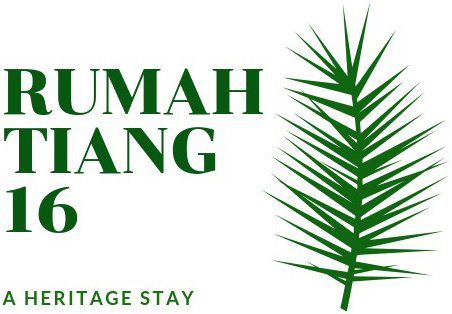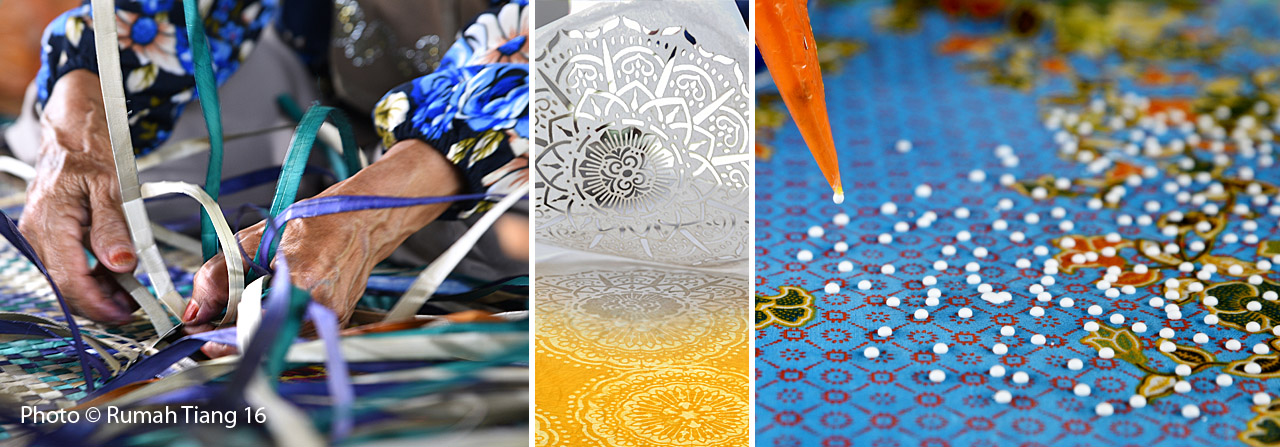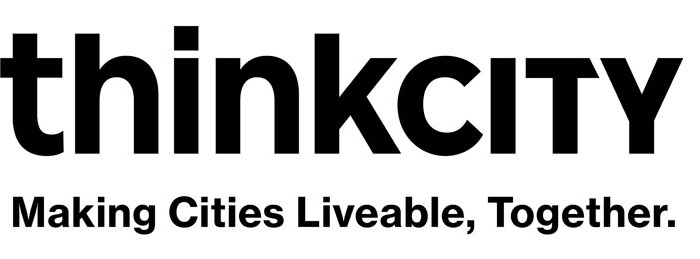Cottage Industries and Local Products
Batik Lenggong by Pertubuhan Pemulihan Dalam Komuniti Lenggong
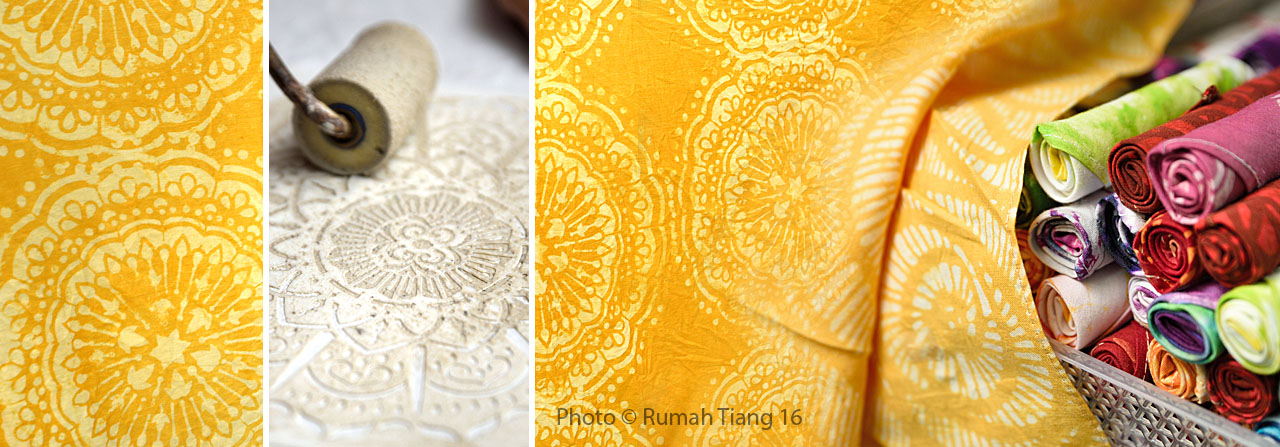
The Lenggong community rehabilitation centre (PPDK) is striking out in various ways to assist members of its community with physical and mental challenges.
A novel venture is a more user-friendly approach to the beautiful art of batik making, replacing hot wax with the safer alternative use of clay.
Intricate stencils, designed with filigrees and flowers, are placed unto cloth and stamped with a roller. The items (for example, the ever-popular ubiquitous T-shirts) with their resultant motifs, are allowed to dry then dipped into chosen dyes within two hours.
The outcome is attractive and the newly introduced art form viewed as a better way to assist those less fortunate to become independent.
Support local artisans and contact PPDK Lenggong at Taman Bandar Baru Lenggong, Lenggong, Malaysia. T: +605 767 6018.
Traditional bedak sejuk making
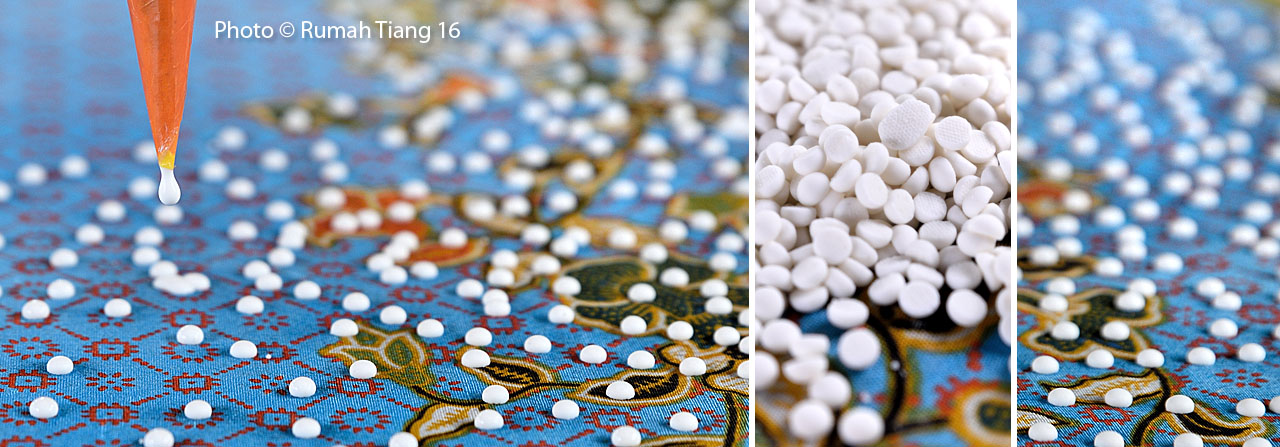
Bedak sejuk means cold powder. Rice is fermented for about 12 months then grounded into a paste, sieved through a fine cloth and hung in a filtration bag to remove excess water. A consistent “batter/paste” (with added water) is then prepared and dried under the sun. The resulting nuggets of powder (often like pearl drops) are then bottled for sale.
Time has not erased the popular use of this powder among many Malaysian ladies – quite a few believe this product to be effective in their beautification ritual. Noorsyilahzam Nordin (Ely) learnt the trade from her grandmother. She will be happy to show you the process.
Noorsyilahzam Nordin (Ely): +6016 501 2956.
Kelulut honey goodness
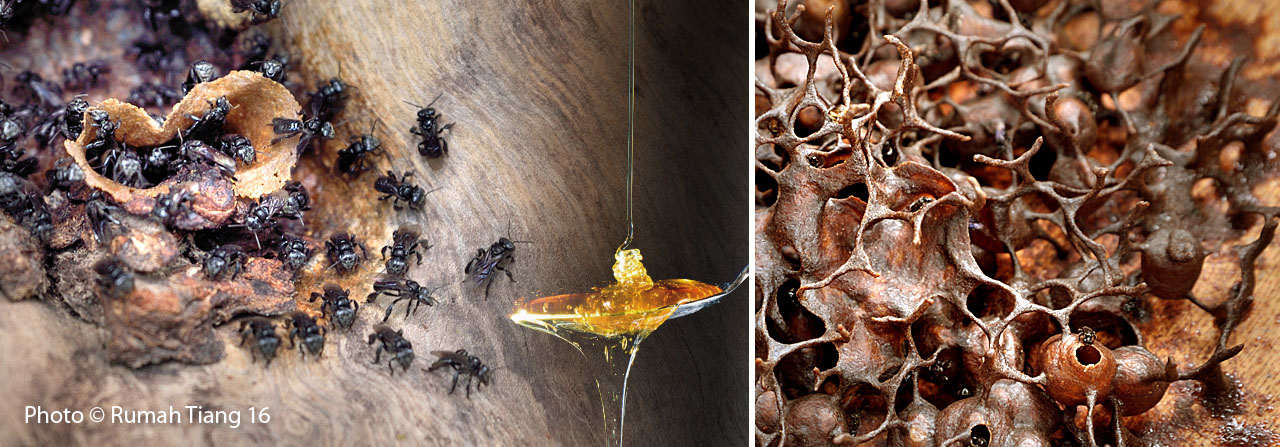
The stingless kelulut bee produces an unusual kind of honey that has a tangy, sweet, and slightly sourish taste coupled with an earthy scent. To the untrained eye, a kelulut bee may share a resemblance to a housefly because of the absence of a striped body and its smaller size compared to that of a honeybee. Honeybees normally make their hives on tree limbs and walls but the kelulut bees often prefer hollow trunks and underground cavities. An advantage they have over honeybees is that they are more less disease prone and more pest resistant.
Made a beeline to their hives and see how the honey is being harvested. The honey pots look like something out of a science-fiction movie!
Learn more about the benefits of kelulut honey from Mohamad Syahidan Zakri (Edan): +6013 456 5548.
Coconut plucking – meet the climber!
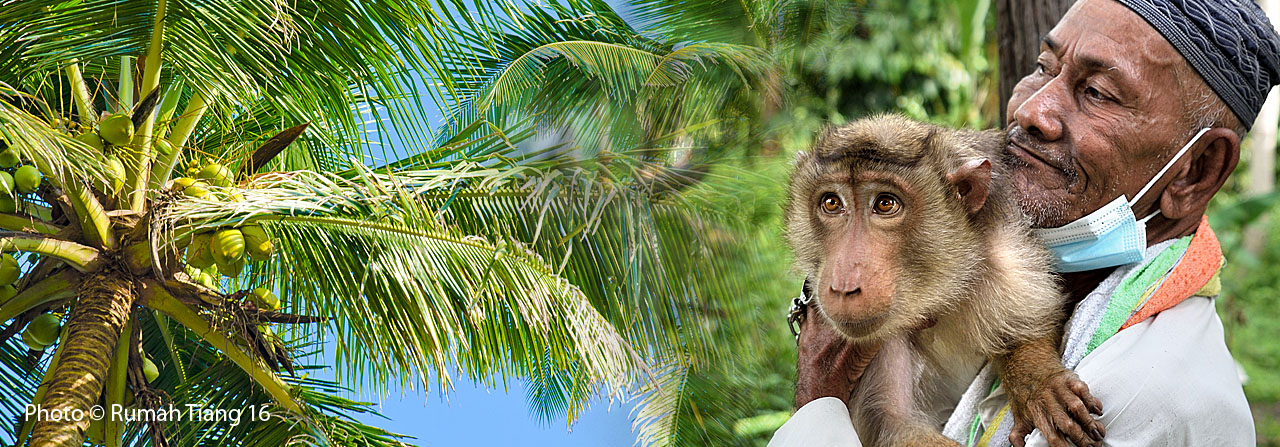
Farmers who have coconut trees usually have to climb up their trees to pluck coconuts. However, if you can train a monkey to do the chore for you, why not?
Here at Lenggong Valley, visitors are treated to a somewhat ingenious sight as a monkey, at his master’s bidding, scrambles up a tall coconut tree, then effortlessly downs a rain of coconuts, without breaking a sweat!
Thatch roof (attap) making
In Lenggong Valley, a house with a thatch (attap) roof is a common sight. This roofing is cost effective as the attap can be made by the villagers themselves. More than that, the roofing is a pleasing and charming sight not seen in urban settings. It also keeps an abode cool during sweltering hot days. Contact Pak Lang at +6013-520 9578 to find out more.
A fine ending with a massage
A homestay at Lenggong Valley is unique because you can do what you like. For some, it is a respite far from the madding crowd of urban city frenzy and demands. You can simply let your hair down, relax, go for walks or have a massage. Indeed, after a fun-filled day out, nothing can be more satisfying and soothing to the fatigued muscles than a refreshing body massage by the local masseuse who utilises brews and lotions specially prepared and perfected through time by the village womenfolk.
